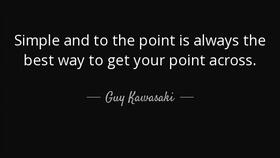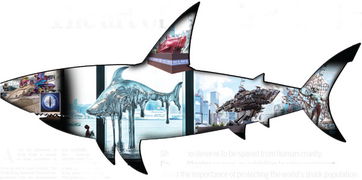Content:
Introduction: Horsekeeping and fishing are two distinct hobbies that require a unique set of skills and knowledge. Whether you are new to horse care or looking to improve your fishing abilities, this comprehensive guide will provide you with the essential information and illustrations to help you excel in both activities. From understanding horse nutrition and health to mastering the art of fishing, we will cover it all.
Section 1: How to Raise Horses
1 Choosing the Right Horse: When starting your horsekeeping journey, it is crucial to choose the right breed and type of horse that suits your needs and lifestyle. Consider factors such as temperament, size, and purpose. For example, if you are looking for a family horse, you might want to consider breeds like the Quarter Horse or the Arabian.
2 Providing Proper Nutrition: A well-balanced diet is essential for the health and well-being of your horse. Here is a step-by-step guide to ensuring your horse receives the right nutrition:
a. Consult with a veterinarian or equine nutritionist to determine your horse's specific dietary needs. b. Provide a high-quality hay or pasture as the primary source of fiber. c. Offer a balanced grain mixture that includes carbohydrates, proteins, and fats, tailored to your horse's activity level. d. Ensure fresh water is available at all times. e. Supplement with vitamins and minerals if necessary, following the advice of a professional.
3 Maintaining Health and Hygiene: Regular health check-ups and proper hygiene practices are essential for keeping your horse healthy. Here are some key points to consider:
a. Schedule routine veterinary visits for vaccinations, deworming, and general health assessments. b. Clean your horse's hooves regularly to prevent thrush and other hoof-related issues. c. Brush out your horse's coat daily to remove dirt, loose hair, and dead skin. d. Keep your horse's living area clean and well-ventilated to prevent the buildup of dust and mold.

4 Exercise and Training: Exercise is vital for maintaining your horse's physical and mental health. Here are some tips for exercising and training your horse:
a. Start with short, gentle rides to build your horse's endurance and trust. b. Introduce new exercises gradually to prevent injury. c. Work on basic ground training techniques, such as leading and haltering, to ensure safe handling. d. Consider hiring a professional trainer to help you develop your horse's skills and confidence.
Section 2: Mastering Fishing Techniques
1 Choosing the Right Equipment: To enjoy a successful fishing trip, it is essential to have the right equipment. Here is a step-by-step guide to choosing the perfect fishing gear:
a. Determine the type of fishing you want to do (e.g., freshwater, saltwater, fly fishing) to select the appropriate rod, reel, and line. b. Choose a rod that is suitable for your preferred fishing technique and the size of fish you are targeting. c. Select a reel that matches your rod and provides smooth operation. d. Choose the appropriate line strength and type based on the fish you are trying to catch.
2 Understanding Baits and Lures: To catch fish, you need to understand the baits and lures that work best for your target species. Here are some popular options:
a. Live bait: Fish like to eat other fish, so using live bait can be effective. Common choices include worms, minnows, and leeches. b. Artificial lures: These come in various shapes, sizes, and colors and can mimic the movement of real fish. Examples include spinners, spoons, and jigs. c. Soft plastics: These lures are flexible and can be shaped into various forms to attract fish. They are often used for bass and panfish.
3 Mastering Casting Techniques: Casting is a fundamental skill in fishing. Here is a simple step-by-step guide to mastering the cast:
a. Hold the rod with a comfortable grip, with your thumb on the reel. b. Load the rod by bending it back and then forward, using your wrist and arm. c. Release the line by flicking your wrist, allowing the line to fly through the air. d. Practice your casting technique until you can consistently cast with accuracy and distance.
4 Reading the Water: Understanding the behavior of fish and the characteristics of the water body you are fishing in is crucial for success. Here are some tips:
a. Observe the water's surface for signs of fish activity, such as ripples or disturbances. b. Look for natural food sources, such as insects or vegetation, which may indicate fish presence. c. Pay attention to the water's depth, flow, and temperature, as these factors can affect fish behavior.
Conclusion: Raising horses and mastering fishing techniques are rewarding hobbies that require dedication and practice. By following the guidelines and illustrations provided in this comprehensive guide, you will be well on your way to becoming an expert in both fields. Happy horsekeeping and fishing!












